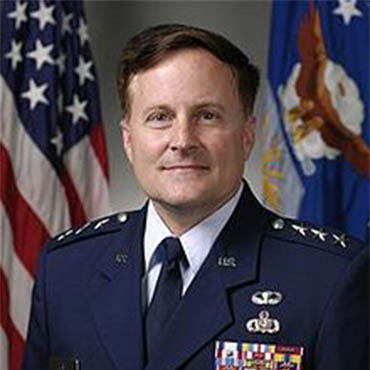How FITARA can fix the federal government's IT problem

Empowering a much smaller set of CIOs would set the stage for agency innovation.

Retired Air Force Lt. Gen. William Lord argues that fewer CIOs with more authority would go a long way toward addressing federal IT woes.
Innovation was a major theme outlined in the federal IT budget priorities for 2014, which touched on plans to incorporate more big data, virtualization and cybersecurity initiatives into the public sector. Adopting new technologies (whether you’re a multinational corporation or a government agency) can be a drawn-out, difficult endeavor. Government IT programs, however, are plagued by a rather unique problem: a serious leadership crisis that impedes the implementation and success of IT initiatives.
This leadership crisis has not necessarily evolved from disparities or disputes among leadership. The problem is rooted in an excess of federal government CIOs, diluting the title itself and leaving no single CIO with the authority to effectively manage short- or long-term projects.
It seems that change might be on its way. Earlier this year the House of Representatives passed a bill, the Federal Information Technology Acquisition Reform Act, that aims to solve the government’s CIO surplus woes and untangle the public sector’s technology adoption process. The Senate Homeland Security and Governmental Affairs Committee has approved its version of FITARA, which now awaits consideration by the full Senate.
FITARA would grant more authority to government agency CIOs and put in place a proper groundwork for managing intricate federal IT projects.
The fundamentals proposed in FITARA directly target some of the historical problems with government IT operations. While FITARA’s ultimate fate is still unknown, these are issues the government must be prepared to act on either way, especially if it hopes to follow through on its latest tech ambitions.
-- Give decision-makers the authority to lead
Effective IT management depends on leaders who can arrive at the right decisions quickly, but the sheer number of CIOs at the federal level has prevented those holding the title from doing so. Currently, there are more than 250 CIOs on the federal government payroll. With decision-making decentralized, and thus constrained to individual departments, it has become nearly impossible to equip one CIO with enough power to successfully implement lasting initiatives. Moreover, it’s become virtually impossible to standardize those processes across agencies.
-- Address historical failures
Recent failures, such as the rocky HealthCare.gov rollout and the U.S. Air Force’s storied Expeditionary Combat Support System project, highlight the severity of the government’s IT leadership problem. Without the multitude of CIOs in the federal government, IT executives could regain a higher degree of control over their IT projects. With more control, CIOs would be able to better manage these contracts and timelines, and ensure stakeholder buy-in earlier in the game.
Creating tomorrow’s IT today
In order for the public sector to deliver on its plans for more cloud technology, increased data accessibility and a generally more open government, some rearranging should be in order.
FITARA could prove instrumental in bringing the U.S. government’s plans for tech innovation to fruition. On a deeper level, it would amplify CIOs’ involvement with strategic IT initiatives – a critical move, especially as IT becomes more important to the execution of government policy (see: Healthcare.gov).
More importantly, FITARA would finally address the overabundance of federal CIOs and their subsequent lack of control. Appointing fewer CIOs and granting each more authority would be a significant stride toward streamlined government IT, and a more innovative public sector.


